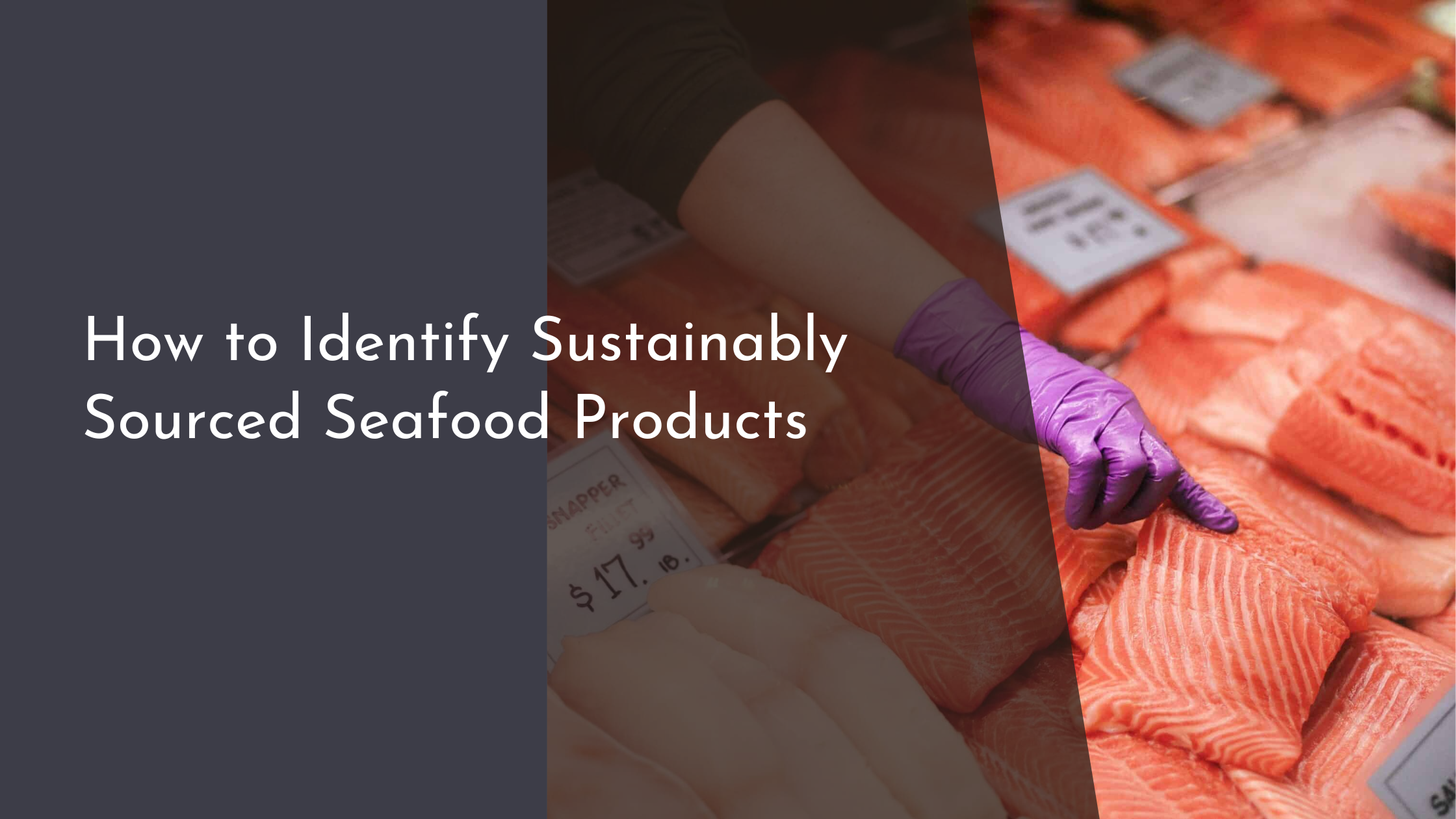How to Identify Sustainably Sourced Seafood Products
As consumers become increasingly aware of the environmental impact of their dietary choices, sustainably sourced seafood has emerged as a beacon of responsible consumption. With oceans covering over 70% of the Earth’s surface and providing a vital source of food and livelihood for millions, protecting these marine ecosystems is crucial. But how can you ensure that the seafood you purchase is sustainably sourced? This guide will walk you through understanding sustainability certifications, decoding seafood labels, asking the right questions at the market, and making informed choices that benefit both your palate and the planet.
Understanding Sustainability Certifications
Sustainability certifications play a pivotal role in guiding consumers toward responsible seafood choices. Organizations such as the Marine Stewardship Council (MSC) and the Aquaculture Stewardship Council (ASC) provide globally recognized certifications that indicate seafood has been sourced with minimal environmental impact. These certifications ensure that fishing practices are monitored and regulated, taking into account the health of marine ecosystems and the well-being of fish populations. MSC, for instance, assesses fisheries against rigorous standards that cover sustainable fish stocks, minimizing environmental impact, and effective management.
It’s important to familiarize yourself with these certifications when purchasing seafood. Look for the MSC blue fish label or the ASC logo to confirm that the product adheres to strict sustainability criteria. These certifications not only assure you of environmentally sound practices but also support fisheries and farms committed to ecological balance. By choosing certified products, you are actively contributing to the protection of marine habitats and encouraging more businesses to adopt sustainable practices.
Decoding Seafood Labels and Logos
Decoding seafood labels can be a daunting task with a myriad of logos, symbols, and terms used by different brands. Fortunately, some key aspects can help simplify the process. Labels may include terms such as “wild-caught,” “farm-raised,” or “organic,” each with its own set of sustainability implications. “Wild-caught” often suggests that the seafood was harvested from natural environments, while “farm-raised” indicates aquaculture practices. Understanding the environmental impact associated with each method is crucial in making sustainable choices.
Logos like the MSC blue fish or ASC logo are not just decorative; they are indicators of responsibly sourced seafood. When you see these logos, it typically means that the product has undergone thorough assessments and meets international sustainability standards. Additionally, some packaging may feature QR codes that link to further information about the product’s sourcing and sustainability credentials. By learning to recognize these labels and logos, consumers can make informed choices that support sustainable fisheries and aquaculture.
Asking the Right Questions at the Market
When shopping for seafood, asking the right questions can go a long way in ensuring your choices are sustainable. Start by inquiring about the origin of the seafood. Knowing whether it’s wild-caught or farm-raised and where it was sourced from can provide insights into the environmental practices involved. Markets that are transparent about their sourcing often demonstrate a higher commitment to sustainability.
Don’t hesitate to ask about the fishing methods used, as certain techniques have less impact on marine environments. For instance, line-catching and pole-and-line fishing are generally more sustainable compared to methods like trawling, which can damage the ocean floor. Engaging with vendors in this manner not only helps you make eco-friendly choices but also encourages markets to prioritize sustainability in their offerings.
Making Informed and Eco-Friendly Choices
To make informed, eco-friendly choices, it’s essential to stay updated on the latest developments in sustainable fishing and aquaculture. Resources such as the Seafood Watch program by the Monterey Bay Aquarium offer guides and apps to help consumers select sustainable seafood options based on current data and research. These tools categorize seafood into groups like “best choice,” “good alternatives,” and “avoid,” enabling consumers to make decisions aligned with conservation goals.
Finally, consider diversifying your seafood palette. Popular species like tuna and salmon often face high demand, leading to overfishing pressures. Exploring lesser-known fish species not only supports biodiversity but also reduces the strain on heavily fished populations. By broadening your seafood choices while staying informed, you can enjoy delicious meals and help safeguard marine resources for future generations.
Choosing sustainably sourced seafood is more than just a personal dietary choice; it’s a commitment to preserving the health of our oceans and the intricate web of life they support. By understanding certifications, decoding labels, asking the right questions at the market, and making informed choices, you can contribute to the sustainability movement. Together, these efforts create a ripple effect, encouraging responsible practices both in the seafood industry and among consumers. Enjoy the bounty of the ocean while playing a part in its conservation, ensuring that future generations can experience the same joys we do today.

